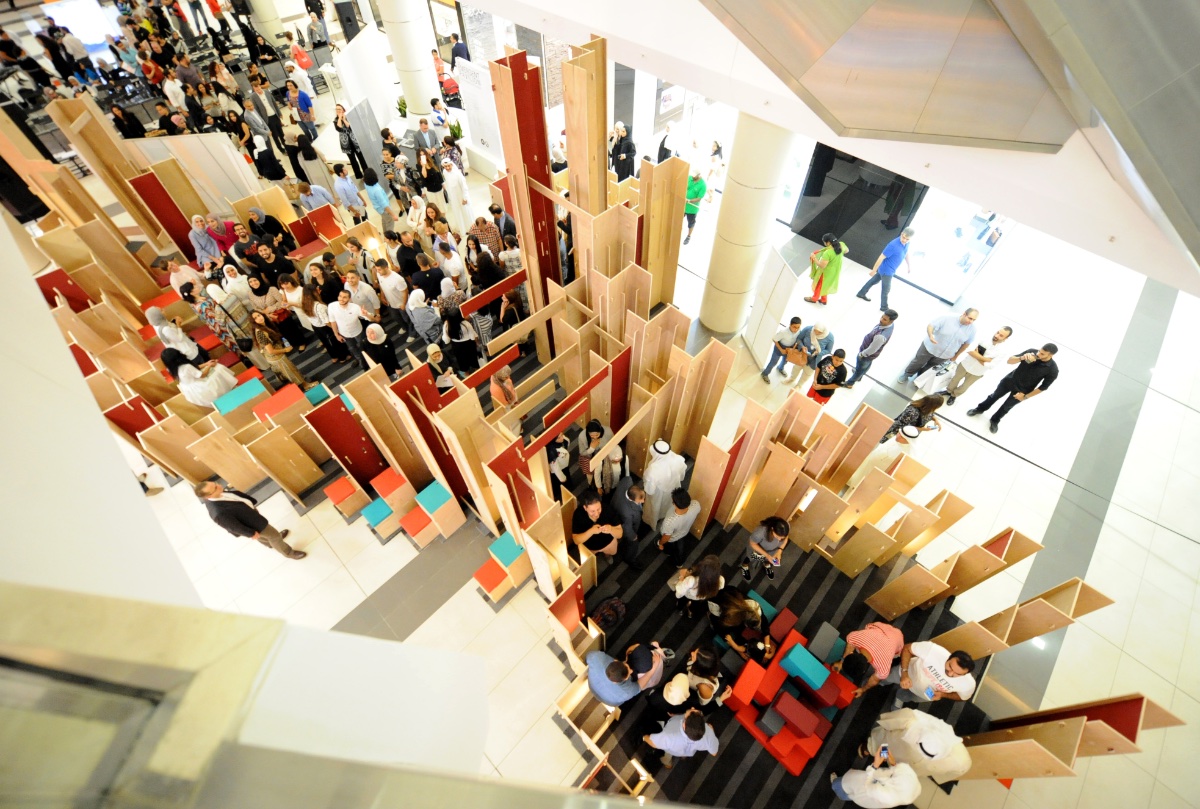Experiments exploring Computational Design-and- Build Strategies based on Participation
Downloads
DOI:
https://doi.org/10.7480/spool.2019.1.3890Keywords:
on-site sensing and construction technologies, participatory design, computational design, emergent design, custom robotic devices, digital constructionAbstract
This article summarises a series of experiments at the Architectural Association between 2011 and 2017, which explore the intellectual notion of ‘the architecture machine’ as introduced by Nicholas Negroponte and the Architecture Machine Group at MIT in 1967. The group explored automated computational processes that could assist the process of generating architectural solutions by incorporating much greater levels of complexity at both large and small scales. A central idea to the mission of the Architecture Machine Group was to enable the future inhabitants to participate in the decision-making process on the spatial configurations. The group aimed to define architecture as a spatial system that could directly correlate with human social activities through the application of new computer technologies.
Our research presented here focuses on technologies and workflows that trace and translate human activities into architectural structures in order to continue the research agenda set out by Negroponte and others in the 1970s. The research work discusses new scenarios for the creation of architectural structures, using mobile and low-cost fabrication devices, and generative design algorithms driven by sensory technologies. The research question focuses on how architects may script individual and unique processes for generating structures using rule-sets that organise materiality and spatial relationships in order to achieve a user-driven outcome.
Our explorations follow a renewed interest in the paradigm where the architect is a ‘process designer’, aiming to generate emergent outcomes where the inherent complexity of the project is generated towards specific performance criteria related to human activities and inhabitation.
How to Cite
Published
Issue
Section
Categories
License
Copyright (c) 2020 SPOOL

This work is licensed under a Creative Commons Attribution 4.0 International License.

References
Friedman, Y. & Orazi, M. (2015) The Dilution of Architecture. Park Books.
Gabrys, J. (2014). Programming environments: environmentality and citizen sensing in the smart city. In A New Apparatus: Technology, Government, and the Resilient City. B. Braun & S. Wakefield (Eds). Environment and Planning D: Society and Space 32, no. 1, 2014.
Helm, V., Ercan, S., Gramazio, F., & Kohler, M. (2012). In-Situ Robotic Construction: Extending the Digital Fabrication Chain in Architecture. In Proceedings of the 32nd Annual Conference of the Association for Computer Aided Design in Architecture (ACADIA), pp. 169-176, San Francisco, 2012.
Lima, K. (2014). Algorithmic thinking, parameterization and sustainable urbanism: an assessment of parameters for intelligent urban design strategies. In XVIII Conference of the Iberoamerican Society of Digital Graphics - SIGraDi: Design in Freedom, Uruguay, Montevideo, 2014.
Mora, L., Bolici, R., & Deakin M. (2017). The First Two Decades of Smart-City Research: A Bibliometric Analysis, Journal of Urban Technology, 24:1, 3-27, 2017.
Male-Alemany, M., van Ameijde, J., & Vina, V. (2011). (FAB)BOTS, Customised Robotic Devices for Design and Fabrication. Fabricate: Making Digital Architecture. Cambridge, Ontario: Riverside Architectural Press.
Mitchell, W. J., & McCullough, M. (1991). Digital Design Media. New York: Van Nostrand Reinhold.
Negroponte, N. (1969). Toward a Theory of Architecture. Journal of Architectural Education, Blackwell Publishing on behalf of the Association of Collegiate Schools of Architecture, Inc., March 1969.
Negroponte, N. (1970). The Architecture Machine. Cambridge, Mass: MIT Press.
Negroponte, N. (1975). Soft Architecture Machines. Cambridge, Mass: MIT Press.
Orazi, M. (2015). The Erratic World of Yona Friedman, in Yona Friedman, The Dilution of Architecture, op. cit., pp. 499
Rowe, J. (1972). Life in a Computerised Environment. Electronics Australia, September 1972.
Suzuki, L.R. (2017). Smart Cities IoT: Enablers and Technology Road Map. In Rassia S., Pardalos P. (Eds) Smart City Networks. Springer Optimization and Its Applications, vol 125. Cham: Springer
Van Ameijde, J., & Carlin, B. (2012). Digital Construction, Automated design and construction experiments using customised on-site digital devices. In Digital Physicality - Proceedings of the 30th eCAADe Conference - Volume 2, pages 439-446, Prague, Czech Republic.
Van Ameijde, J., Carlin, B. & Vlieghe, D. (2012). Emergent Constructions, Experiments towards generative on-site design and build strategies using customised digital devices. In Proceedings of the 32nd Annual Conference of the Association for Computer Aided Design in Architecture (ACADIA), pp. 539-545, San Francisco.



